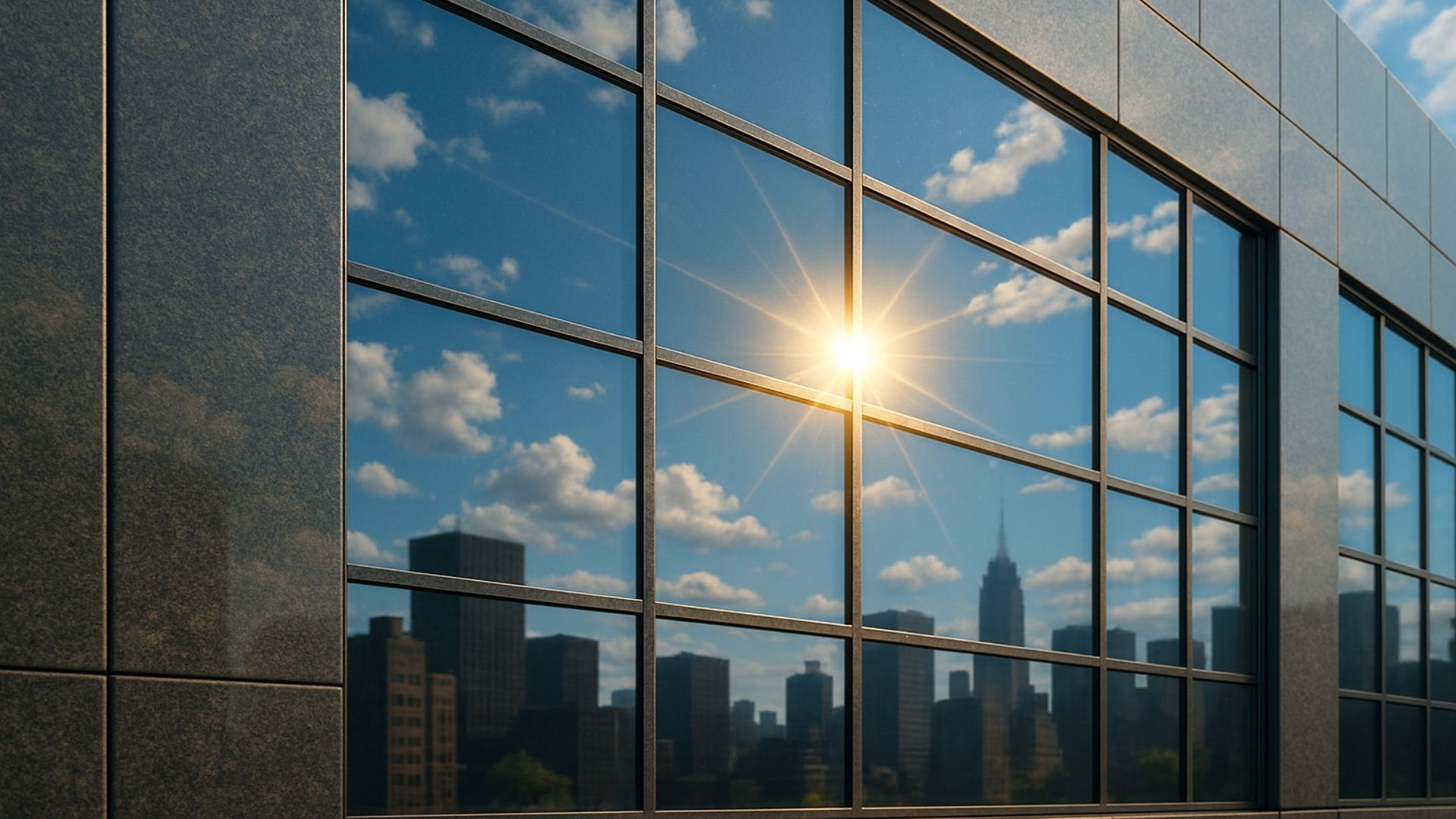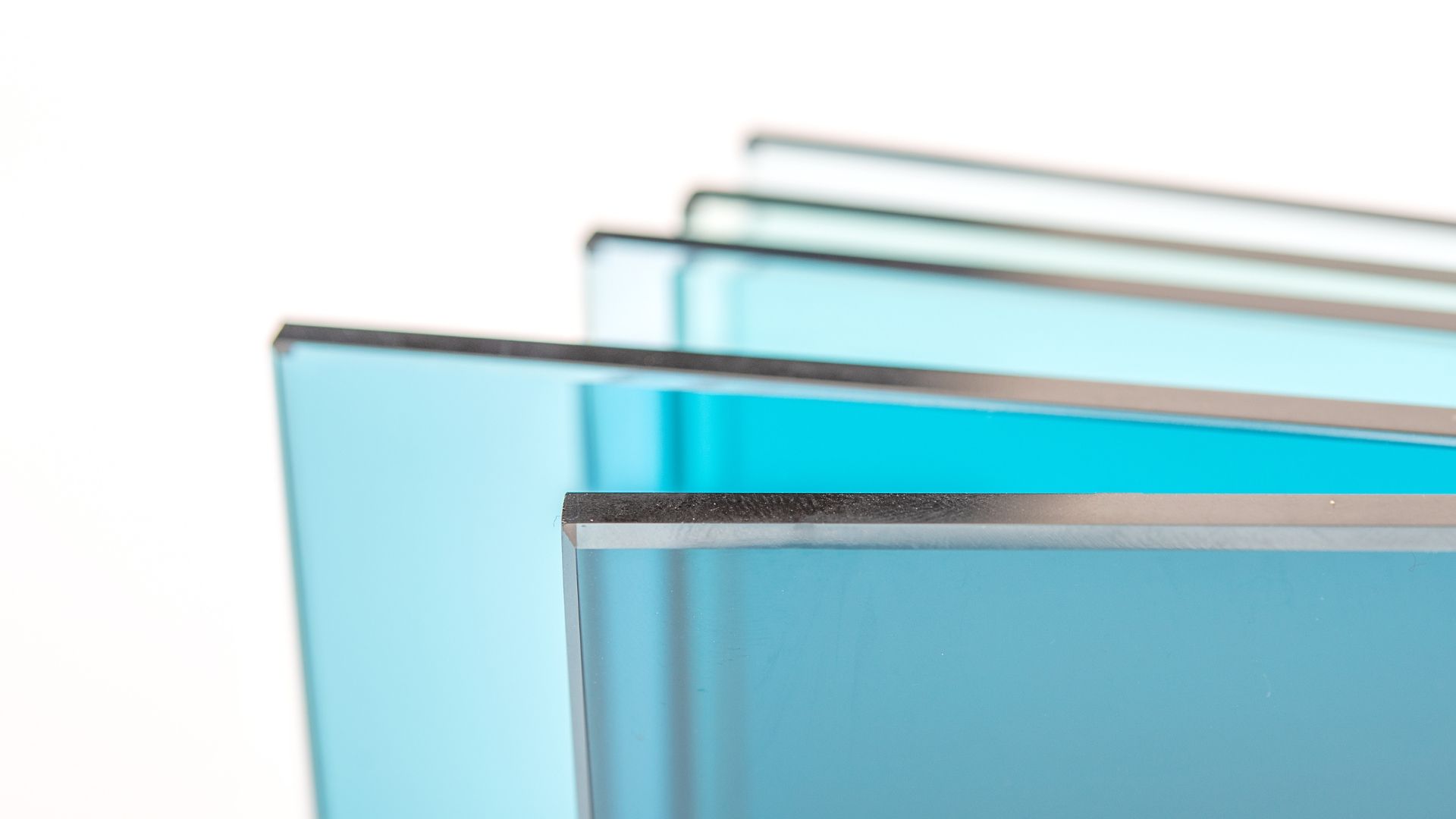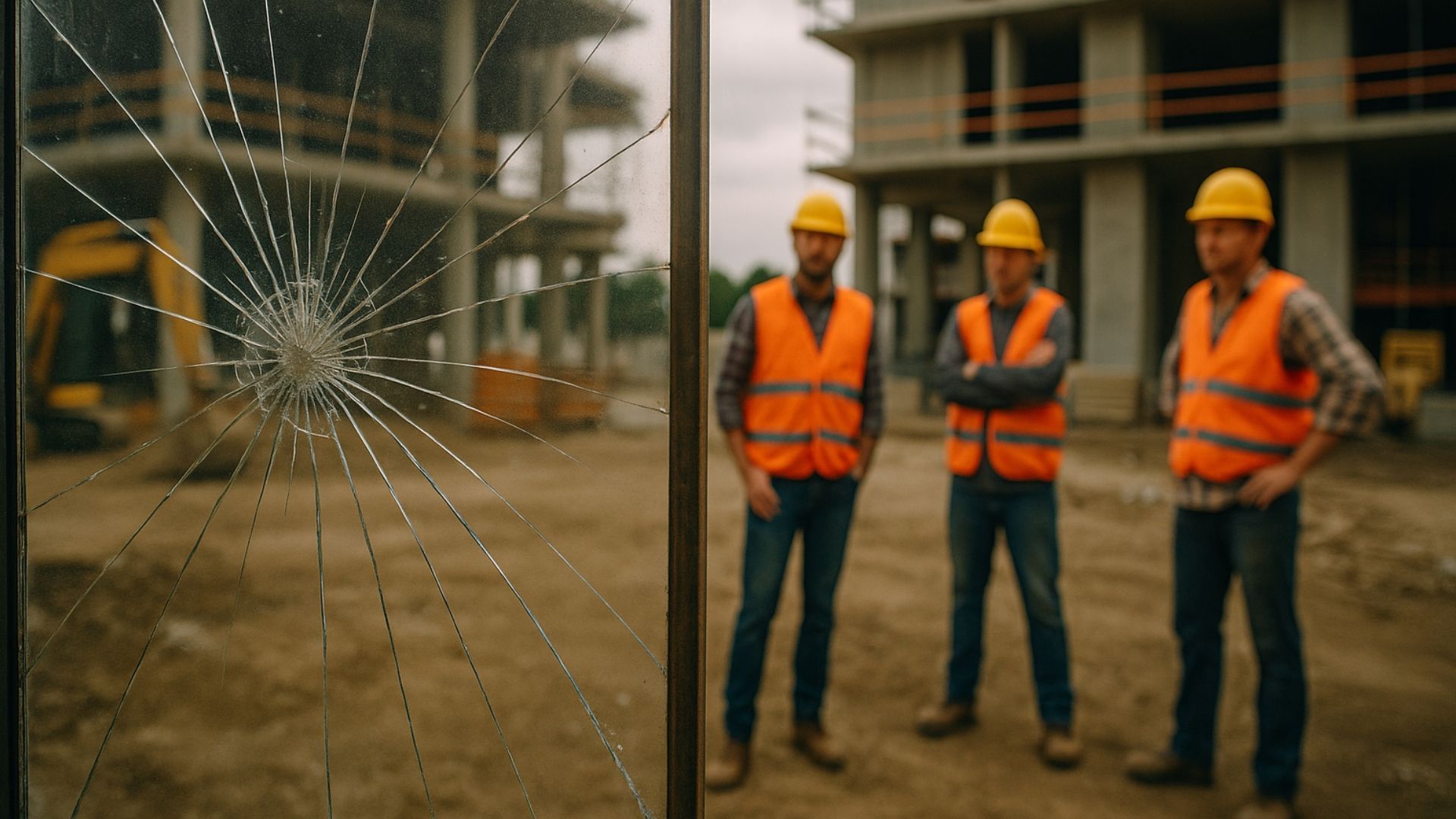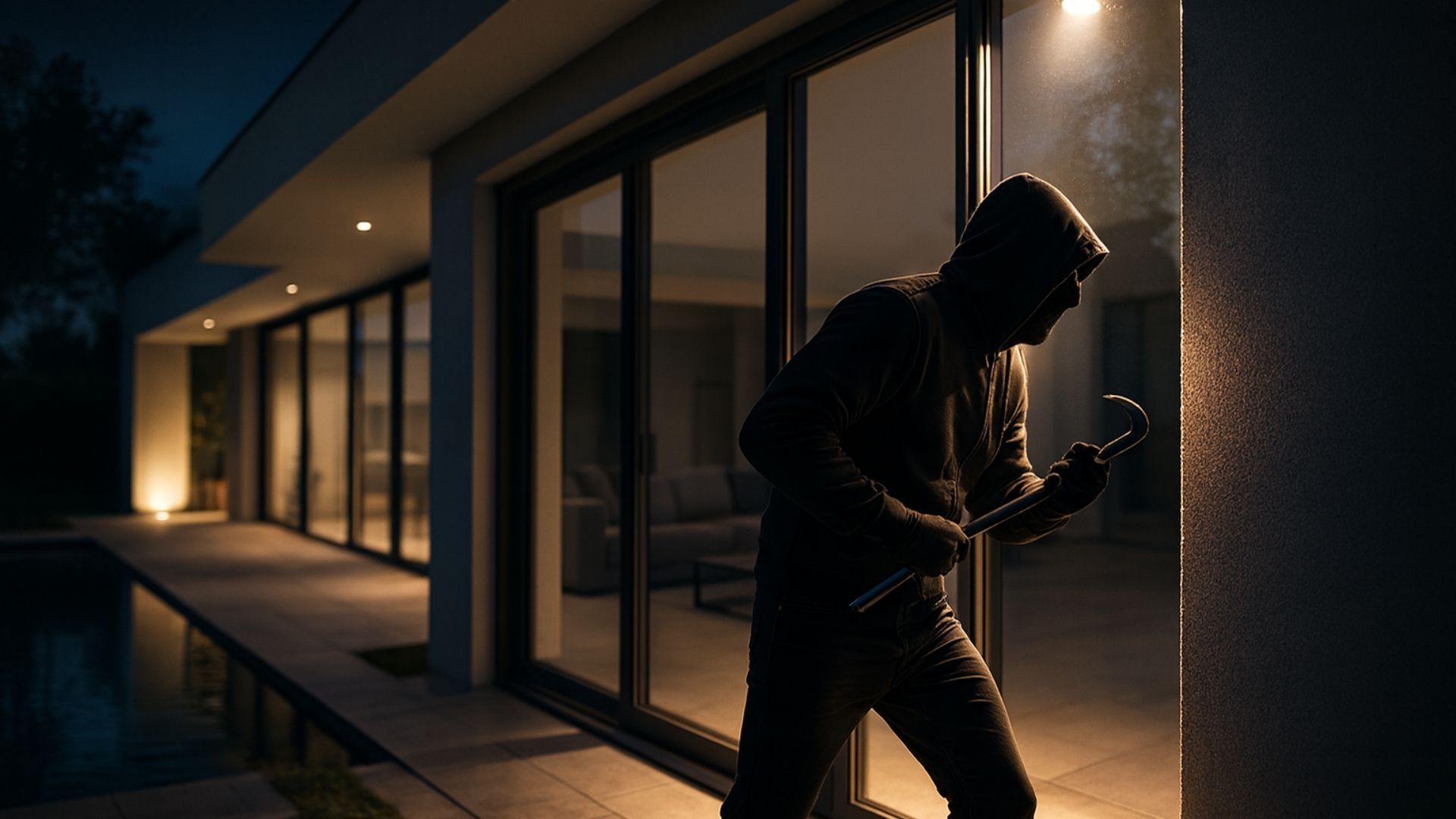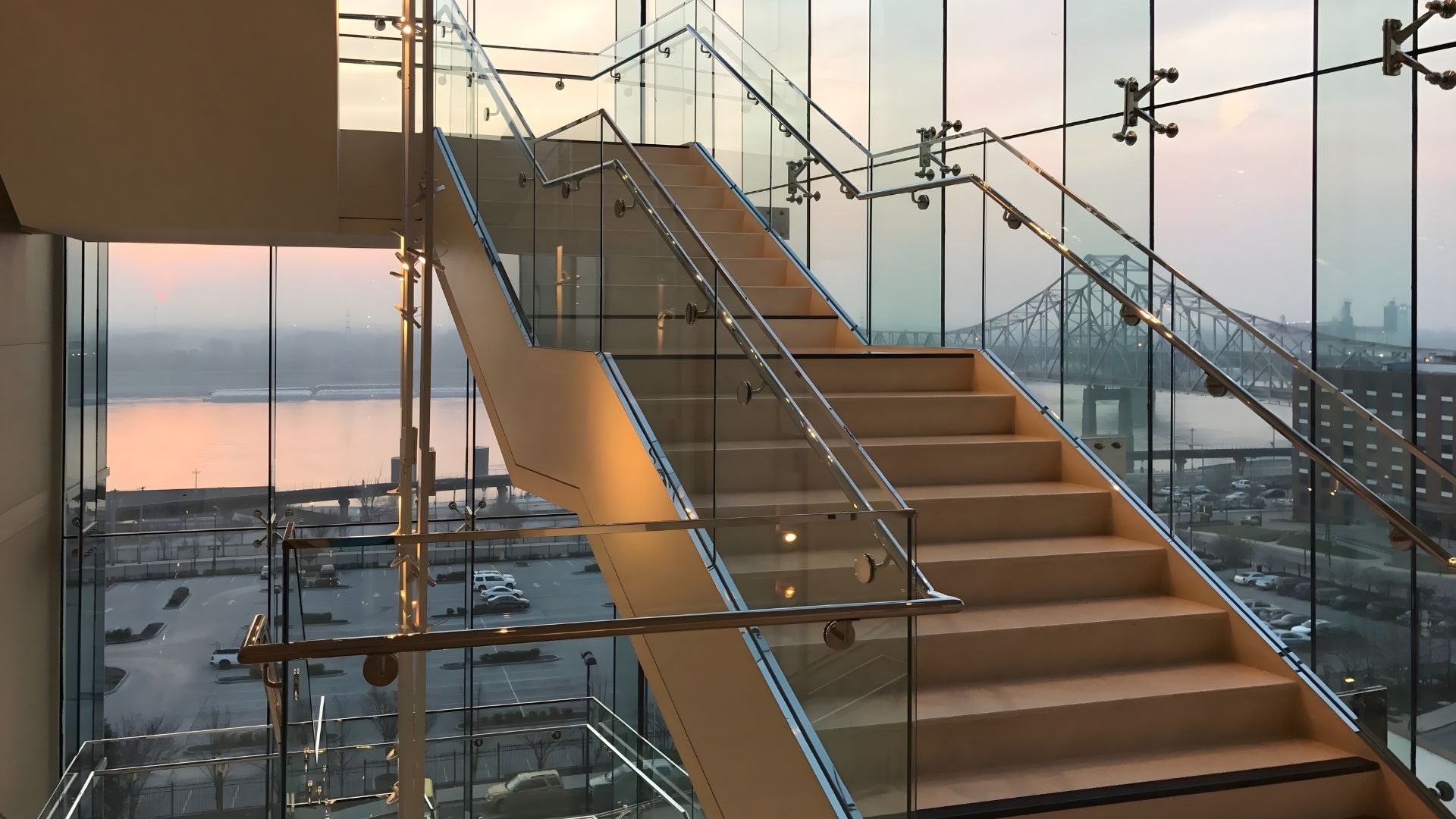The role of glass in crafting sustainable living spaces
Share this blog:
Sustainability is high on developers' and architects' agendas – and glass can play a pivotal role. Learn more about the sustainable applications of glass.
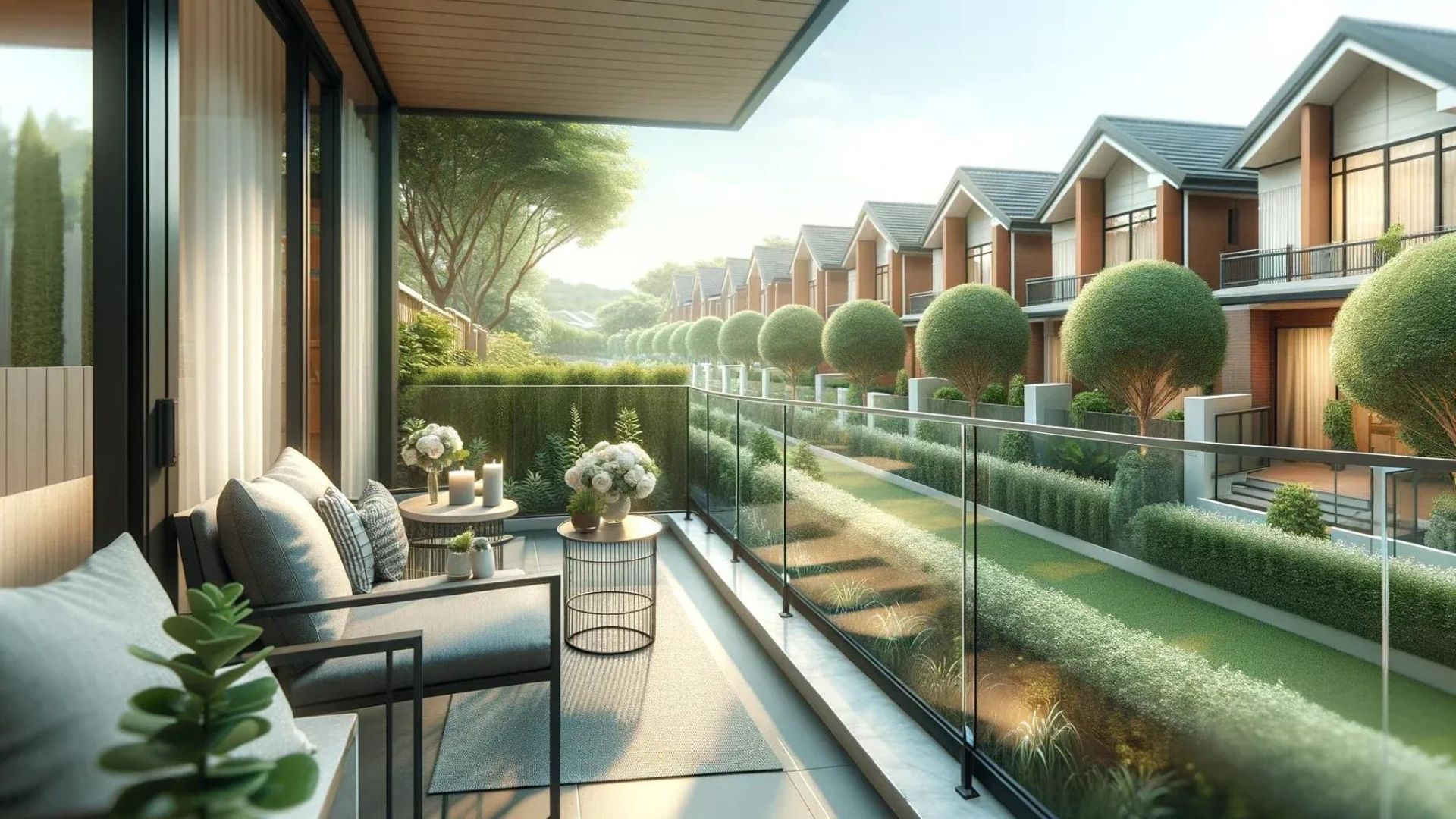
The move towards a greener, more sustainable world takes place on many fronts – and one of them is in the home. But it's not just individual behaviour in the home that matters. It's also the homes themselves.
According to an article in
The New Statesman, British homes are among the worst insulated in Europe, losing an average of three degrees Celsius of indoor temperature after just five hours.
It's a problem that the government has attempted to address through building regulations. Changes made in 2022 stipulate that new-build homes need to produce at least 31% fewer carbon emissions than before as part of the country's target of net zero by 2050.
Could glass play a role in making homes more energy efficient? We're glad to say that the answer is yes.
In this article, we celebrate the important part that glass can play in building a more sustainable world.
A recyclable building material
Glass can be used to improve the energy efficiency of buildings – but it's also sustainable itself. For one, it's made from abundant natural materials. And secondly, a huge amount of today's glass is recycled.
Broken or recycled glass – known in the industry as "cullet" – gets melted down and reworked. As if that wasn't enough, the melting point required by the cullet is less than the raw material – so it's more energy-efficient to recycle than to produce from scratch.
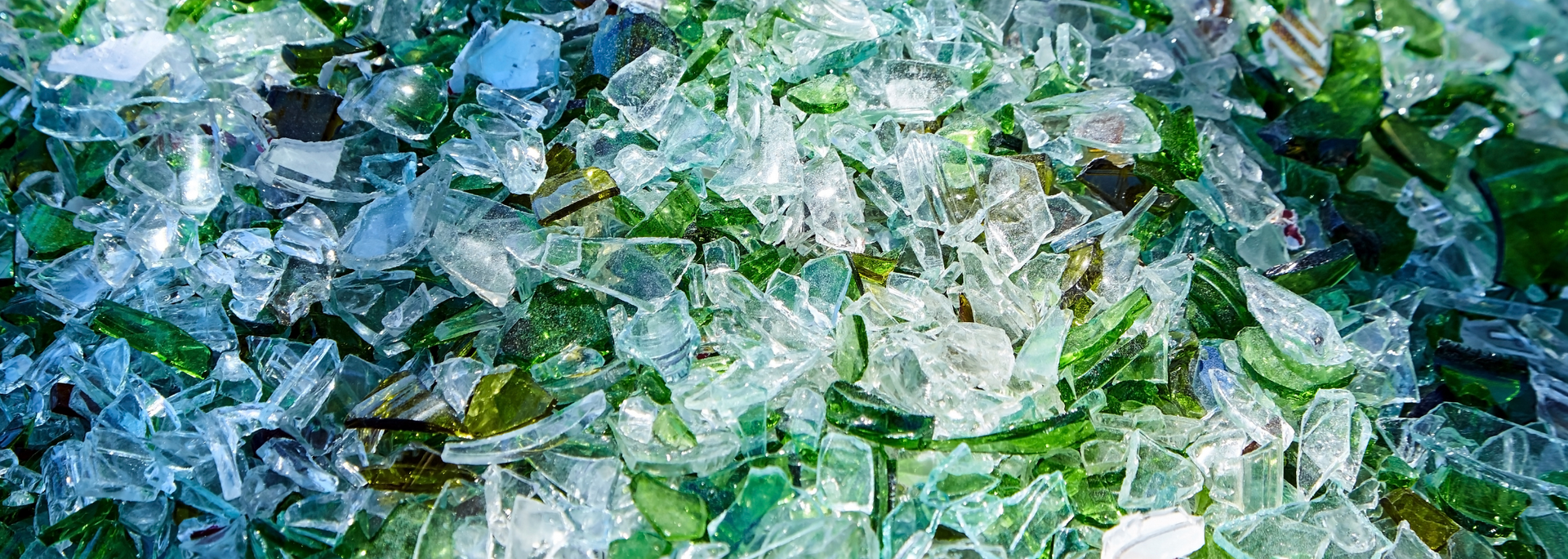
An extreme example of the recyclability of glass is Kachra Mane, the house in Bangalore, India that literally translates as "trash house". Everything is recycled – and that means everything.
Old pine packing cases provided the materials for window frames, stairs, cupboards and shelves – and all of the glass was reclaimed from demolished buildings.
Each bit of glass that's recycled helps to reduce carbon emissions. This makes glass an important player in sustainable architecture.
Insulated glass
What makes a building unsustainable? It all hinges on thermal efficiency.
If a house or other residential building has single-pane glazing, it's likely to lose heat in winter and absorb it in summer. This means that residents come to rely on energy-guzzling heating and air-con.
Double glazing, by comparison, is far more energy efficient. It's constructed using two or more panes of glass that are separated by a layer either of air or gas. This layer serves as a barrier to heat, meaning less heat escapes in winter and less heat enters in summer.
The result is lower energy consumption and lower carbon emissions.
Usually, people are shy about adopting new products or solutions because they have only one benefit. Double glazing, however, has a whole host of advantages on top of being thermally efficient. It cuts your heating bills, helps create a cosier living space, blocks harmful UV rays, reduces condensation and improves soundproofing. Not bad for an extra pane of glass.
Double glazing is only one way to improve a building's thermal efficiency – there's also roof, wall and loft insulation. But it makes a big difference, and its uptake in the UK reflects this. More than 90% of homes in the UK now have double-glazed windows.
There's also triple glazing, which gives you more of the same. It's more expensive but can be a worthwhile investment, especially in colder climates.
More natural light
More natural light means less electric lighting. This is why homes with plenty of windows and features like skylights are more energy efficient than those without.
As with double glazing, a property with more natural light has other benefits too. It brings the outdoors in and can make rooms feel, well, roomier.
Adding glass features
The world of structural glass is rich with possibilities, whether you're looking at glass walls, floors, staircases or balustrades. As well as being elegant additions to a property, they can increase sustainability, too, thanks to glass's 100% recyclability.
Low-E glass
Low-E or low-emissivity glass is designed to reduce energy consumption. It's coated with a transparent, microscopic metallic oxide that's better at reflecting heat than the glass itself. A higher amount of heat is reflected into your home, meaning more effective insulation.
Would you live in a glass house?
In 2016, a couple on Norway's Sandhorney island in the Arctic Circle decided to build a sustainable, entirely natural home.
Benjamin and Ingrid Marie Hertefolger needed a home that could withstand the heavy Arctic snowfalls and stay cosy from spring to winter. They built their home from cob, wood and glass – and topped the whole thing with a geodesic glass dome.
As well as protecting them from the snow, the dome keeps the internal temperature on a level all year round, reduces UV radiation and even serves as a greenhouse for the family's organic fruit and veg.
The dome was built by the sustainable construction company Solardome. Built out of 360 glass panels, it boasts double doors, 11 windows and a large exit that provides access to the house's outdoor decking.
Amazingly, the building took just three weeks to build. It didn't need deep foundations, meaning a very low impact on the immediate environment – something also reflected in its use of solar panels.
Final thoughts
If you're looking for ways to make your living space more sustainable, think about glass – you'll be surprised at what you can achieve.
ToughGlaze is one of the UK's leading suppliers of
toughened glass,
laminated glass and
decorative glass products. For a quick quote or a chat with an expert,
get in touch today. We're here to help you get the right materials for any job.


